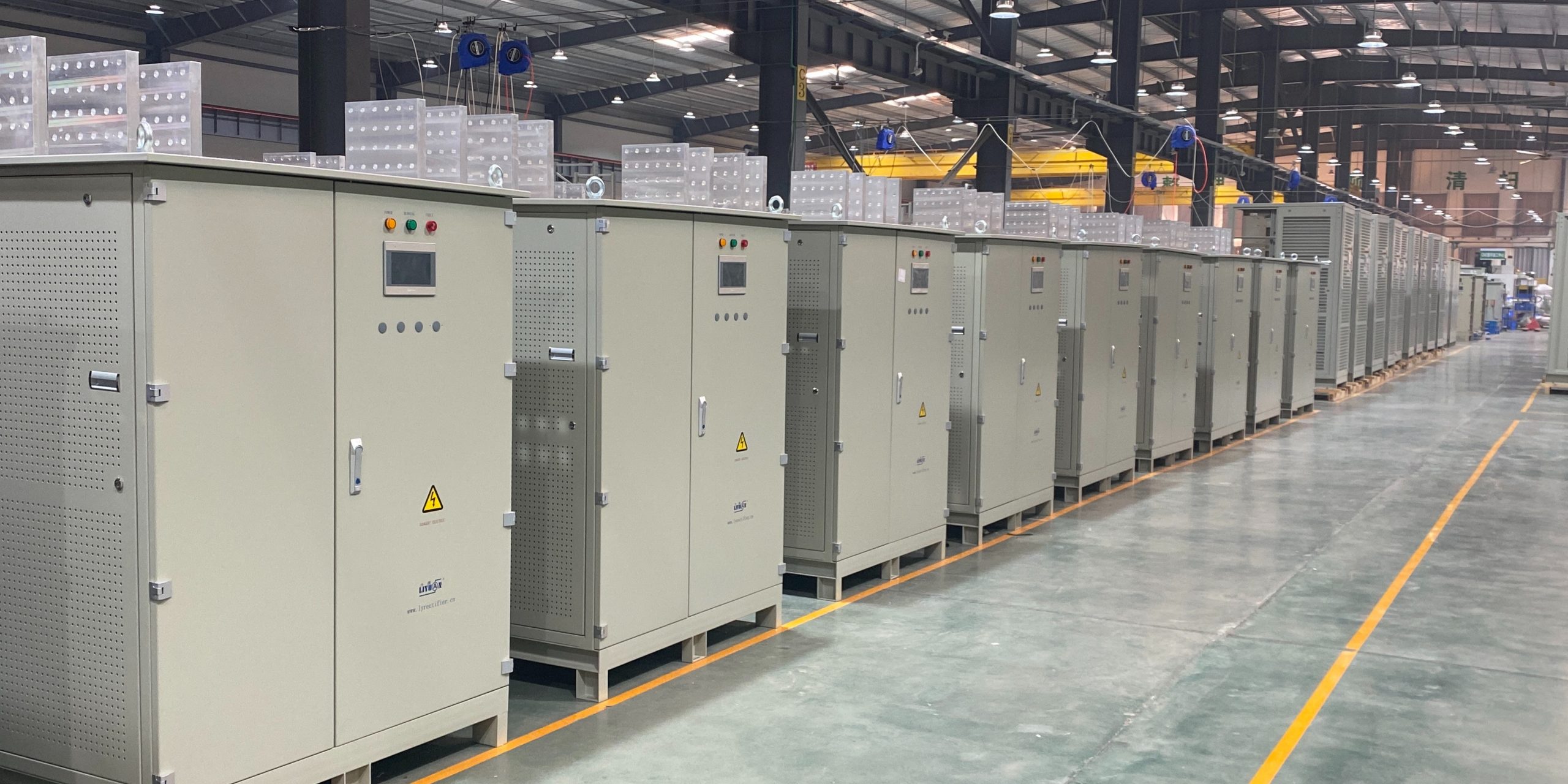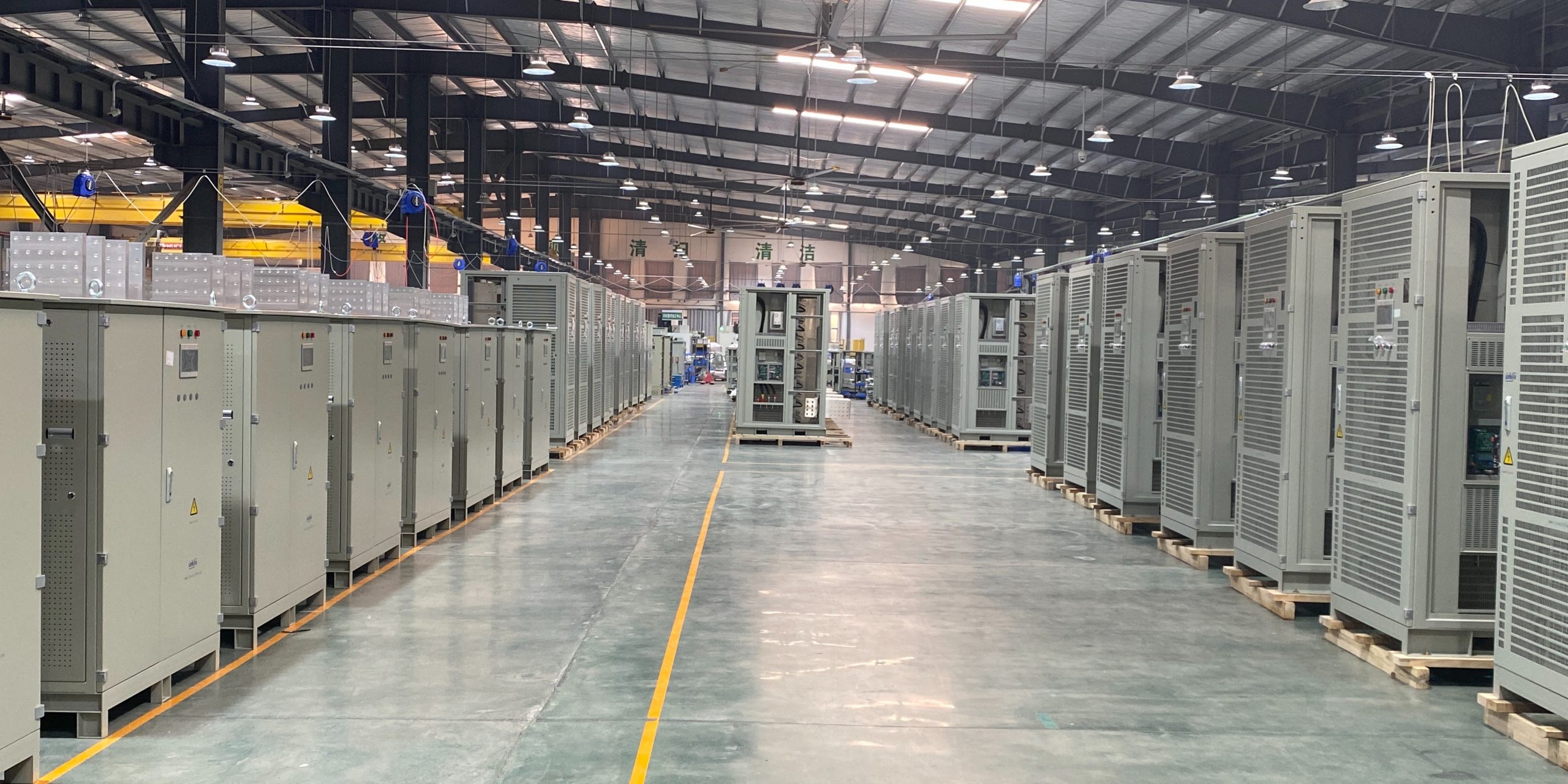Products
Industries
In the metallurgical industry, rectifiers play a vital role and are mainly used to convert alternating current (AC) into direct current (DC) to meet the needs of various electrochemical processes. The following are some key applications and features of rectifiers in the metallurgical industry:
Electrochemical process: In electrochemical industries such as electrolysis, electroplating, metal coloring, and electrophoresis, a variety of high-power DC power supplies are required, and their performance directly affects the quality and production efficiency of the products
. For example, in the electrolytic copper foil process, the rectifier converts industrial frequency AC power into DC power to supply the electrolytic cell, which has a direct impact on the company's electricity consumption and production costs.
Special power electronic conversion power supply: In the metallurgical continuous casting industry, the metallurgical continuous casting electromagnetic stirrer requires a two-phase orthogonal power supply to supply excitation to form a two-phase rotating magnetic field. This single-phase power supply is usually called a two-phase inverter power supply. This power supply reduces the amount of calculation, and in the field of electromagnetic stirring, it requires a large output current, and requires frequent forward and reverse switching, and a fast response speed.
Application of high-power rectifiers: High-power rectifiers are used in the metallurgical industry in various fields such as electroplating, electrolysis, oxidation, and electrophoresis. For example, galvanizing, tinning, nickel plating, chrome plating, etc. in the electroplating industry all require high-power DC power supply.
Efficiency and energy saving: The conversion efficiency of the rectifier has a direct impact on the energy consumption and cost of the enterprise. Increasing the load rate of the equipment or using a rectifier with high conversion efficiency can improve efficiency and reduce energy consumption.
Technological progress: With the advancement of power electronics technology, the traditional high-energy-consuming thyristor rectifier power supply has gradually been replaced by high-frequency switching power supply devices, which have the characteristics of small size, high efficiency and flexible control.
PWM rectifier: In order to ensure the stable operation of the PWM rectifier under the condition of unbalanced grid voltage, the current joint control method under the positive sequence dq rotating coordinate is studied to improve the response performance of the system.
Inverter power supply for electromagnetic stirring: In view of the special needs of metallurgical electromagnetic stirring, a two-phase orthogonal inverter power supply for electromagnetic stirring with a front-stage multifunctional PWM rectifier and a rear-stage three-bridge arm inversion and its composite control method are studied to improve the power quality of the power supply.
High-current DC power supply: In order to meet the needs of high-power DC power supply in the electrochemical industry, the high-current DC power supply with PWM rectification and its current equalization control method are studied to improve the dynamic control performance of the system.
In summary, rectifiers are widely used in the metallurgical industry. They not only affect product quality and production efficiency, but are also closely related to the energy consumption and cost of the enterprise. With the development of technology, the performance and efficiency of rectifiers are constantly improving, which has promoted the modernization and sustainable development of the metallurgical industry.

